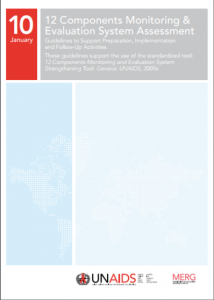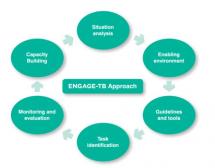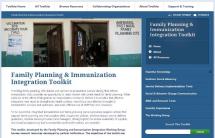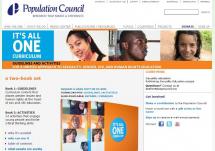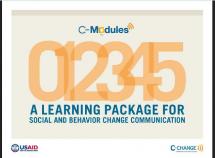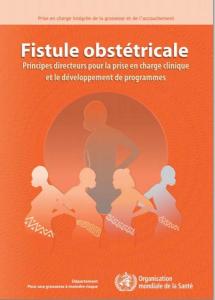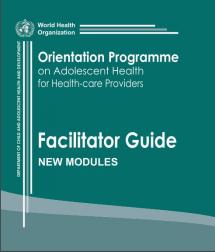12 Components Monitoring & Evaluation System Assessment
The purpose of these Guidelines is to provide information on the preparation for and implementation of an assessment of the national HIV monitoring and evaluation (M&E) system.1 It also includes key steps to take after an assessment to facilitate implementation of M&E system-strengthening activities.
The Guidelines include an overview of the assessment process and outline specific actions at key points in that process. The document has four sections: Section One looks at the importance of integrating assessments in the M&E planning and implementation cycle. Section Two addresses issues relevant to preparing a national M&E assessment. Section Three focuses on steps required to implement a national M&E assessment, including the use of the12 Components M&E System Strengthening Tool. Section Four considers steps for prioritising M&E system-strengthening activities and monitoring progress in M&E implementation.
Last modified: July 23, 2021
Language: English, French, Spanish
Source:
The Global Fund to Fight AIDS, Tuberculosis and Malaria

